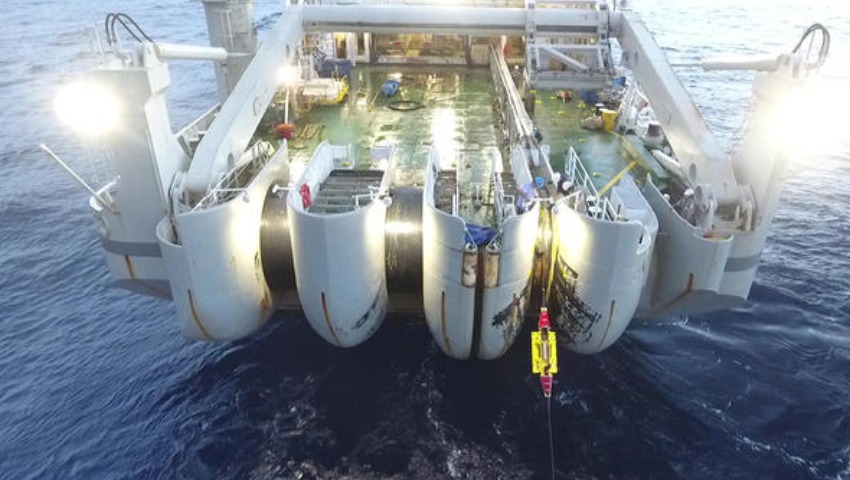The defence contractor has been tapped to enhance the US Navy’s undersea warfare capability.
The US Navy has awarded a US$393 million ($535.7 million) contract to L3Harris Technologies, which has been tasked with installing ‘Increment II’ and ‘Increment III’ of the Undersea Warfare Training Range (USWTR).
The new contract, which follows 10 years of support provided by L3Harris on ‘Increment I’, is set to involve the replacement and upgrade the remaining underwater training range sites.
USWTR Increment I involved installing the ocean sensor and shore electronics subsystems across approximately 500-square-nautical-miles near Jacksonville, Florida.
Under Increments II and III, L3Harris will now upgrade and replace the previously installed systems at the US Navy’s three other range locations near Hawaii, Bahamas and southern California.
Each range includes over 950 kilometres of undersea cables, several hundred sophisticated acoustic sensors, as well as shore-based control, display and processing facilities.
The USWTRs technology is designed to enable ships, submarines and aircraft to track targets on the surface and subsurface for anti-submarine warfare training.
“I’m proud of our team for delivering Increment I two years early so we could accelerate this award to support the sailors and provide them with early access to the best undersea range technology available to maintain operational readiness,” Christopher Kubasik, CEO of L3Harris, said.
“For six decades in partnership with both our US and international Navy customers, L3Harris has successfully developed, manufactured, installed and supported undersea training range technology.
“Our capabilities ensure that sailors train in an environment that is as close to their mission environment as possible, giving them a competitive advantage.”
This is L3Harris' latest major US military contract, coming just months after the firm was selected by American Rheinmetall Vehicles to jointly develop the US Army’s new optionally manned fighting vehicle (OMFV), set to replace the Bradley infantry fighting vehicle.
L3Harris has been tasked with providing vehicle mission systems, cyber security and its modular open systems approach (MOSA) for the Lynx, which will be leveraged to build a “low-risk and easily upgradable” OMFV.
L3Harris’ MOSA is expected to enable cross-platform and cross-domain commonality of parts and subsystems to allow for easy and affordable upgrades.



